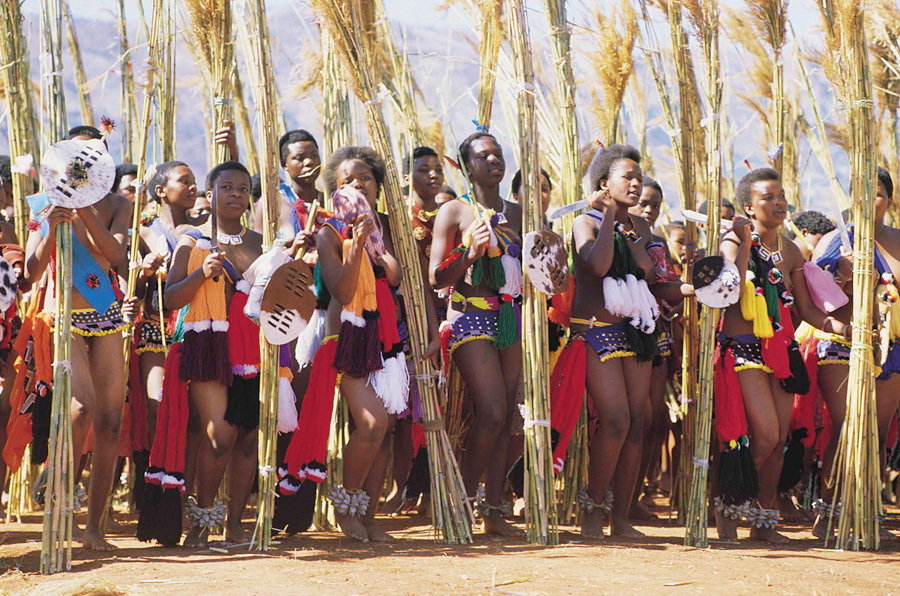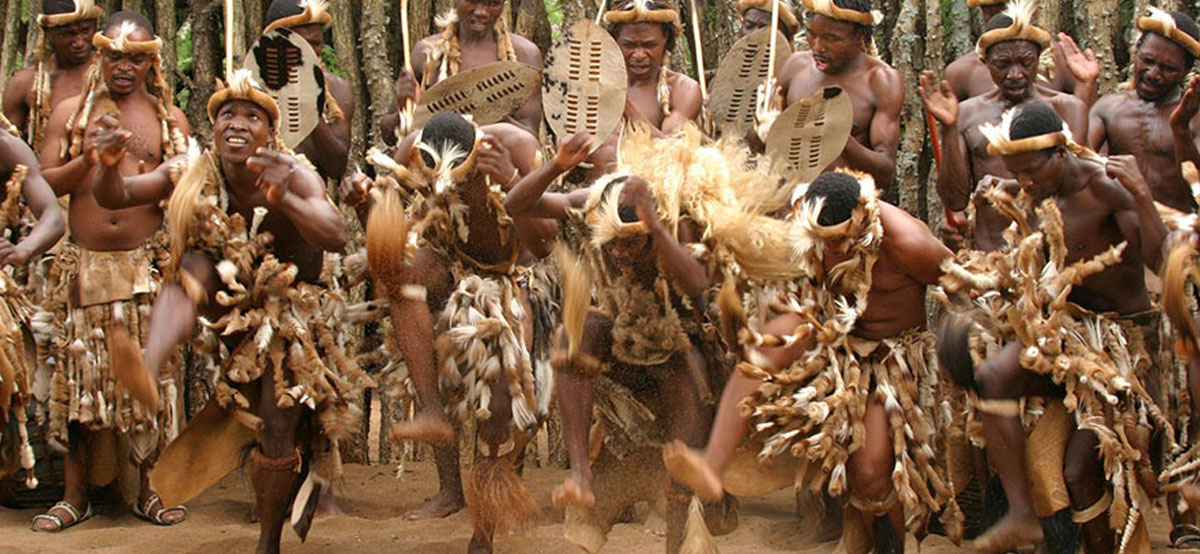More About South African Culture Today
How South African Culture Today can Save You Time, Stress, and Money.
Table of ContentsHow South African Culture Today can Save You Time, Stress, and Money.Some Of South African Culture TodaySome Ideas on South African Culture Today You Need To KnowHow South African Culture Today can Save You Time, Stress, and Money.Getting The South African Culture Today To WorkThe 5-Minute Rule for South African Culture Today
This follows with vocal singing and drum beating. The couple then meet the seniors and speak about the value of their union. A matter of relevance in Zambian villages is the passing away of loved ones. All members of the town put money, effort and time together for the interment of the deceased.Songs and dancing is a very important element of the Zambian society. The various tribal devices have their very own dancing forms; nevertheless, makishi is common amongst all tribes.
Some Ideas on South African Culture Today You Need To Know
When it concerns music, drums are made use of one of the most, with a range of drumming ceremonies. In Zambia, bulk of individuals are Christian; Protestant and Roman Catholic. There are little groups of Muslims and Hindus, with the rest complying with neighborhood indigenous tribal beliefs.

South African heritage and society is greatly diverse, and consists of various teams of people that each have their very own customs and ideas. Having such a diversity of people and cultures is what makes South Africa so one-of-a-kind. In truth sense of the expression, we are a rainbow nation.
Making it the 7th on the checklist of countries with the most Portuguese people in it outside of Portugal. Portuguese is not just a society, but it is also a language and a nationality. Portuguese people stem from the country of Portugal in Europe, however, due to Portugal (like numerous other nations in Europe) exploring the world and dominating various other countries during the 15th 20th centuries, South Africa has what we call Portuguese South African's living in it.
The Ultimate Guide To South African Culture Today
Amongst the popular attributes of the topography is a plateau that covers practically 2 thirds of the center of the nation. The plateau complex rises toward the southeast, where it culminates in the Drakensberg array, component of an escarpment that divides the plateau from the seaside areas. The Drakensburg consists of Sparkling wine Castle, the highest peak in the country.
The region north of the Witwatersrand, called the bushveld, inclines downward from eastern to west toward the Limpopo River, which forms the global boundary. The western section of the plateau, the middleveld, likewise comes down in the direction of the west and varies in elevation in between the highveld and bushveld. Between the Drakensburg and the eastern and southerly coastline, the land descends to the sea.
Nearer the shore there is a low-lying level called the eastern lowveld. Southwest of the plateau the nation becomes gradually a lot more arid, paving the way to the hostile desert of the Great Karroo, verged on the east by the lower, better sprinkled plateau of the Little Karroo. Separating the dry southerly inside from the sandy littoral of the southerly shore and West Cape is an additional variety, the Langeberg.
Not known Factual Statements About South African Culture Today
The country's racially, ethnically, and politically divided history has produced national and subnational signs that still operate as signs of the nation, and others signs that are accepted just by particular groups. The monuments to white inhabitant conquest and political dominance, such as the Afrikaner Voortrekker ("leader") Monument in site link Pretoria and the Rhodes Monolith recognizing the British colonial empire contractor and Cape head of state Cecil Rhodes, remain sectarian symbols.
The first modern-day residents were the San ("bushman") hunter-gatherers and the Khoi ("Hottentot") peoples, who herded livestock (South African culture today). The San might have been present for hundreds of years and left proof of their existence in countless ancient cavern paintings ("rock art"). Bantu-speaking clans that were the forefathers of the Nguni (today's amaZulu, amaXhosa, amaSwazi, and vaTsonga individuals) and Tswana-Sotho language groups (today's Batswana and Southern and Northern Basotho) migrated below eastern Africa as very early as the fifteenth century

The 2 previous republics of the Orange Free State and Transvaal (South African Republic) were developed by Afrikaner settlers who defeated and dispossessed the Basotho and Batswana. Lesotho would have been forcibly included into the Orange Free State without the expansion of British protection in 1869. The supreme unification of the nation arised from the South African Battle (18991902) between the British and both Afrikaner republics, which decreased the nation to spoil at the beginning of the twentieth century.
Afrikaners historically considered themselves the only real South Africans and, while giving complete citizenship to all residents of European descent, rejected additional resources that condition to individuals of color until the democratic change of 1994. British South Africans keep a sense of social and social link to Great Britain without deteriorating their identity as South Africans.
Examine This Report about South African Culture Today
The variety and fragmentation within ethnic groups and the balance of stress between those groups throughout the twentieth century prevented interethnic civil problem. While intergroup stress over sources, entitlements, and political prominence stay, those disputes are as most likely to match Zulu versus Zulu as Zulu versus Xhosa or African against Afrikaner.
From colonial India, British merchants and managers brought the curved steel decorative roofs and slender shoelace job pillars that still epitomize the outdoor patios of homes in the areas and cities throughout the nation. Holy places contribute a crucial building element also in the smallest communities. Along with the skyrocketing steeples and classic stonework of Afrikaans Dutch Reformed churches, Anglican churches, synagogues, mosques, and Hindu shrines provide variety to the spiritual building scene.

Slaughtering and the developing of typical grain beer are essential in securing the engagement and a good reputation of the forefathers who are considered the guardians of good luck, prosperity, and health. Indian areas preserve their native culinary practices and use them on Islamic and Hindu ritual and ritualistic celebrations. Afrikaners and Coloured individuals collect at weekends and special occasions at multifamily barbecues called braais, where community bonds are enhanced.
Due to the fact that this was the primary economic enterprise of both black Africans and white homesteaders, conflict between those groups focused on the ownership of grazing land and livestock. In 1867, the biggest ruby down payments worldwide were uncovered at Kimberley in the west main area. The wealth from those areas helped fund the exploitation of the biggest gold coral reef worldwide, which was discovered on the Witwatersrand in 1886.
6 Easy Facts About South African Culture Today Described
This resulted in misconceptions and deliberate misstatement in the ventures of white inhabitants and government officials with African chiefs throughout the early american duration (South African culture today). In the establishment of African gets, some aspects of common and mainly "tribal depend on" land tenure were preserved, and even in white backwoods, types of communal period were still practiced in areas with African communities
After the autonomous makeover of 1994, programs for land restitution, redistribution, and reform were instituted, however progression has read review been slow-moving. The white minority still controls eighty percent of the land. Following farming land intrusions in Zimbabwe, the Department of Land Matters has vowed to speed land redistribution.